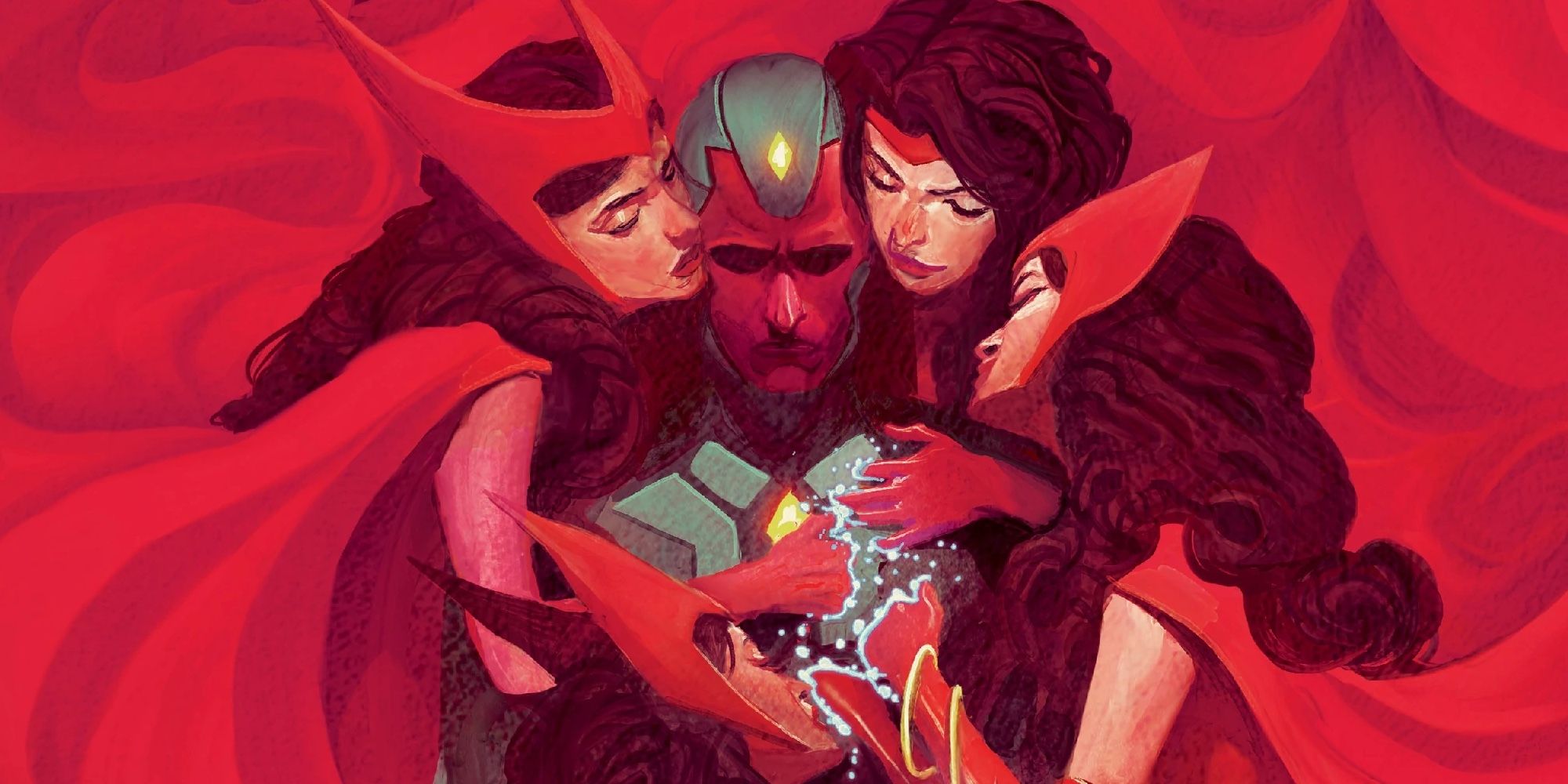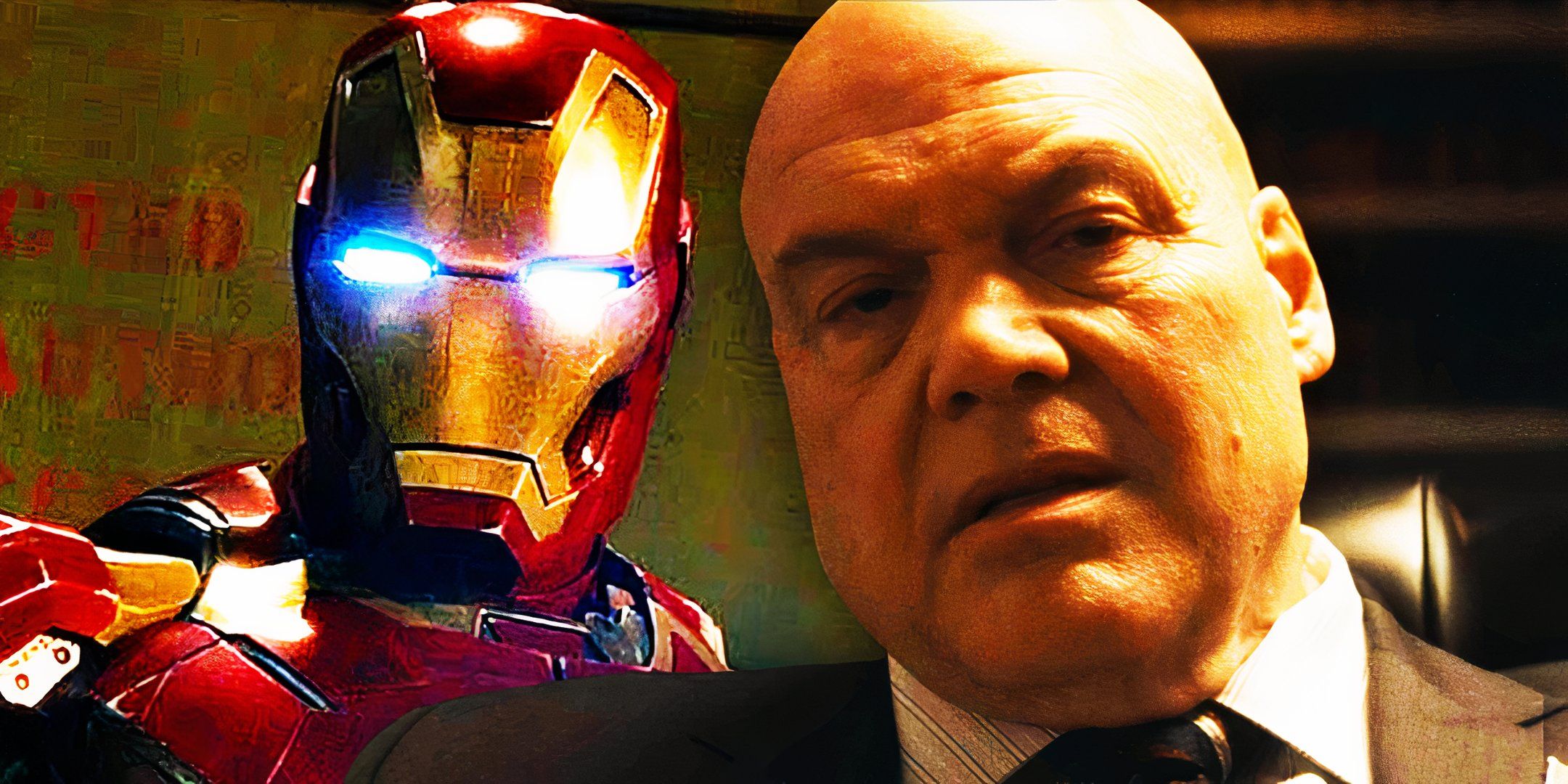X-Men Writer Admits The Problem With Marvel's "Closed Off and Incestuous" Hero Romances
Summary Superheroes need non-superhero relationships to feel human and relatable, providing valuable grounding in both story dynamics and real life.
The prevalence of superheroes dating each other in comics may make the world feel closed off, with love becoming a work-related obligation.
Fan culture around superhero romances limits writers from exploring new relationships, hindering the evolution of superhero fiction.
One of the most popular X-Men has recently embarked on a romance with a regular non-superhero, and that story’s writer has now explained why it’s so important to have these sorts of relationships in comics. It’s an argument that covers both the in-universe mental health of heroes but also the real-world dynamics of writing, and provides a valuable insight into both at once.
In AIPT’s X-Men Monday interview, writer Al Ewing points out some problems that arise when superheroes are only involved romantically with each other.
These days superheroes tend to date each other, which is very efficient...but at the same time, it makes the superhero world feel a little closed off and incestuous, and also it means the hero’s never really off the clock. Now even love is work-related.
Close
As Ewing says, part of this is due to practicality. There’s only so much space in a story. If a writer can explore the interpersonal dynamics of multiple heroes at once, they’re giving more of the cast their due at once. Another trend that’s led here is that non-superhero supporting casts are generally becoming less common. This is both because of the aforementioned story constraints, but also because of plot points like secret identities falling out of fashion.
Related Professor X's Mutant Dream Finally Comes True in a Way He Never Imagined A preview for X-Men Red #6 shows how the planet Arakko has achieved Xavier's failed dream of mutant-human coexistence, as they look beyond difference.
Storm's Newest Love Proves An Important Point About Superhero Romance
Keeping heroes relatable is doubly important in the Marvel Universe, which has styled itself as "the world outside your window."
Ewing’s response is in relation to his own example of a human/hero relationship: Storm’s recent romance with Craig Marshall. Introduced in X-Men Red #6 (written by Ewing, illustrated by Stefano Caselli, colored by Federico Blee and lettered by Ariana Maher), Craig is a NASA scientist who moves to Arakko (the terraformed planet formerly known as Mars) to study its transformation. Once there, he eventually forms a relationship with Storm. The recent Resurrection of Magneto #1 (written by Ewing, penciled by Luciana Vecchio, colored by David Curiel and lettered by VC’s Joe Sabino) highlights the value of their relationship. As Storm muses: "With [Craig[, I am not a queen or a warrior or a goddess. I just am."
Storm’s and Ewing’s comments are an affirmation of why these non-superhero characters are so important. Superheroes live heightened lives, and they occasionally need someone or something to bring them back down to Earth, metaphorically or literally. This helps ground them and make them feel normal. In an era where the internal lives and mental health of superheroes are examined deeper than ever before, it’s an important role to fill. Keeping heroes relatable is doubly important in the Marvel Universe, which has styled itself as "the world outside your window."
Superhero Romances Have Stagnated
Another issue that’s led to the problem Ewing identifies is the fan culture that’s arisen around superhero romances. For many readers, characters already have "true loves," and writers can’t go against these pairings. This is only exacerbated by mainstream comics’ insistence on returning heroes to their most familiar status quo. It can sometimes feel like writers have little wriggle room to explore any new romance, let alone one with a "normal" character outside a recognizable cast. Ewing’s comments go beyond just the X-Men and highlight an important consideration in all superhero fiction as the genre continues to evolve.
Source: AIPT











COMMENTS